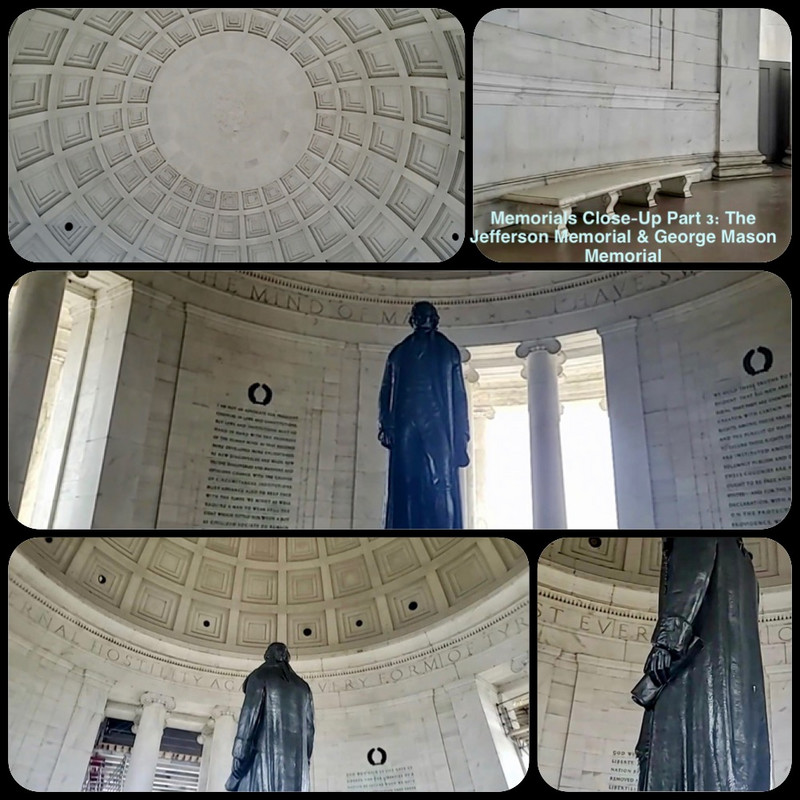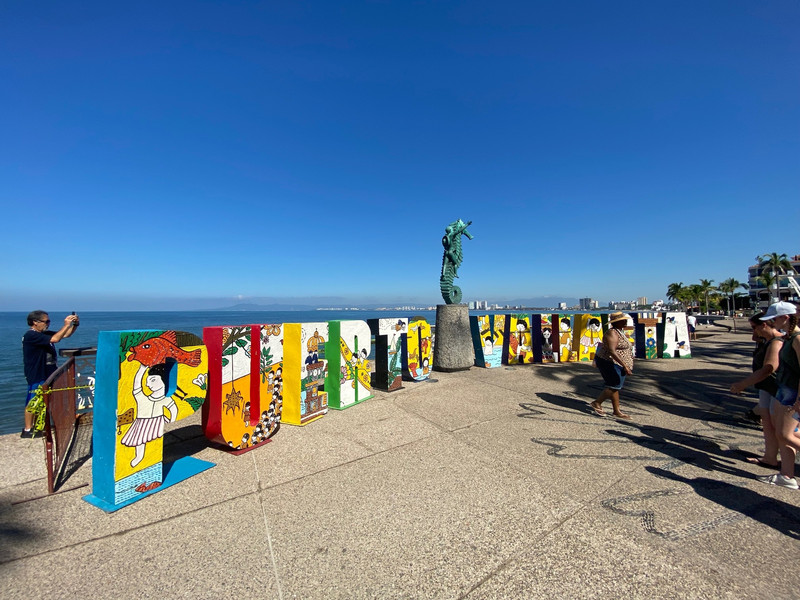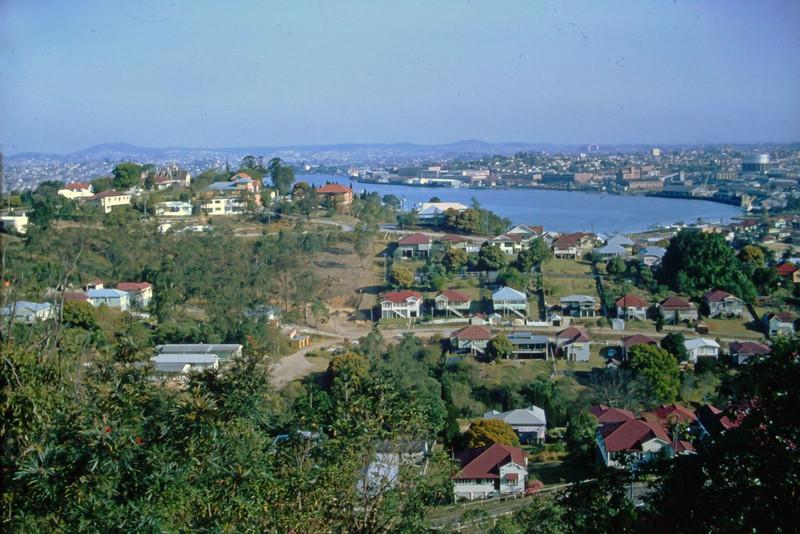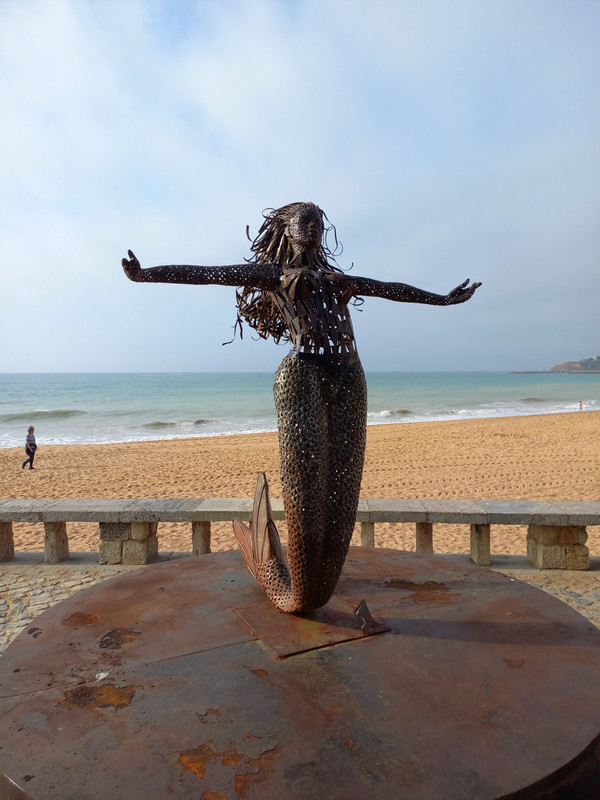The presidential memorial opened in 1997, is not a white marble structure, but a flowing landscape architecture design. The memorial is designed as a timeline best experienced by starting at the northernmost end of the memorial which us where we started today with Terry, our virtual guide.
A statue of Roosevelt sitting in a wheelchair greeted us, a reminder of the man who refused to let disability stop him.
Terry walked around, despite the rain enabling us to get up close to the sculptures so it felt as if we were there in person.
Bronze sculptures by several artists depict the president and the major issues he dealt with during his presidency including the Great Depression, the New Deal, and World War II.
We walked through all the different terms of Roosevelts Presidency. Each outdoor room conveys in its own way the spirit of the man.
In Room One, a bronze of the first inauguration, one of the early public sculptures created by Robert
Graham, introduces the first years of Roosevelts presidency, when he launched the New Deal in response to the worst economic crisis the nation had ever known.
George Segal created the powerful sculptures in Room Two. The Breadline represents the despair of the Great Depression. The Fireside Chat depicts the hope that Roosevelts inspiring words gave to ordinary people.
In Room Three of the memorial, a waterfall crashes over scattered boulders, suggesting the destruction and violence of World War II, which dominated Roosevelts third term in office. Neil Estern created the statues of Roosevelt and his beloved dog, Fala, calmly presiding over the chaos surrounding them. Franklin D. Roosevelts hopes for the future are engraved on the wall next to his statue:
We have faith that future generations will know that here, in the middle of the twentieth century, there came a time when men of good will found a way to unite, and produce, and fight to destroy the forces of ignorance, and intolerance, and slavery, and war.
The centerpiece of Room Four is a monumental created by sculptor Leonard Baskin. The Funeral Cortege represents the nation in mourning
Neil Esterns statue of Eleanor Roosevelt honors her contributions as first lady and as one of the early delegates representing the United States at the newly formed United Nations.
In the late 90s, Congress granted Alpha Phi Alpha, Dr. Kings fraternity, the ability to establish a Washington, D.C. Memorial. Project Foundation soon announced a and almost 1,000 artists submitted their ideas. In 2000, a submission was selected.
In 2007, in order to create the striking, lifelike portrait of Dr. King the foundation recruited renowned Chinese sculptor Lei Yixin. He worked closely with both the foundation and Dr. Kings family throughout the construction process.
After more than 20 years of design and construction, the Martin Luther King Jr. Memorial opened to the public on August 28, 2011, on the 48th anniversary of the March on Washington. It was the first National Mall memorial to honor a citizen activist rather than a president or war hero.
from that renowned 1963 speech: With this faith, we will be able to hew out of the mountain of despair a stone of hope.
Two large walls of granite, metaphorical mountains of despair, stand in front of a sculpture of Dr. King entitled the Stone of Hope. The edges of these sculptures all feature scrape marks, symbolizing the struggles of Dr. King and the Civil Rights movement.









